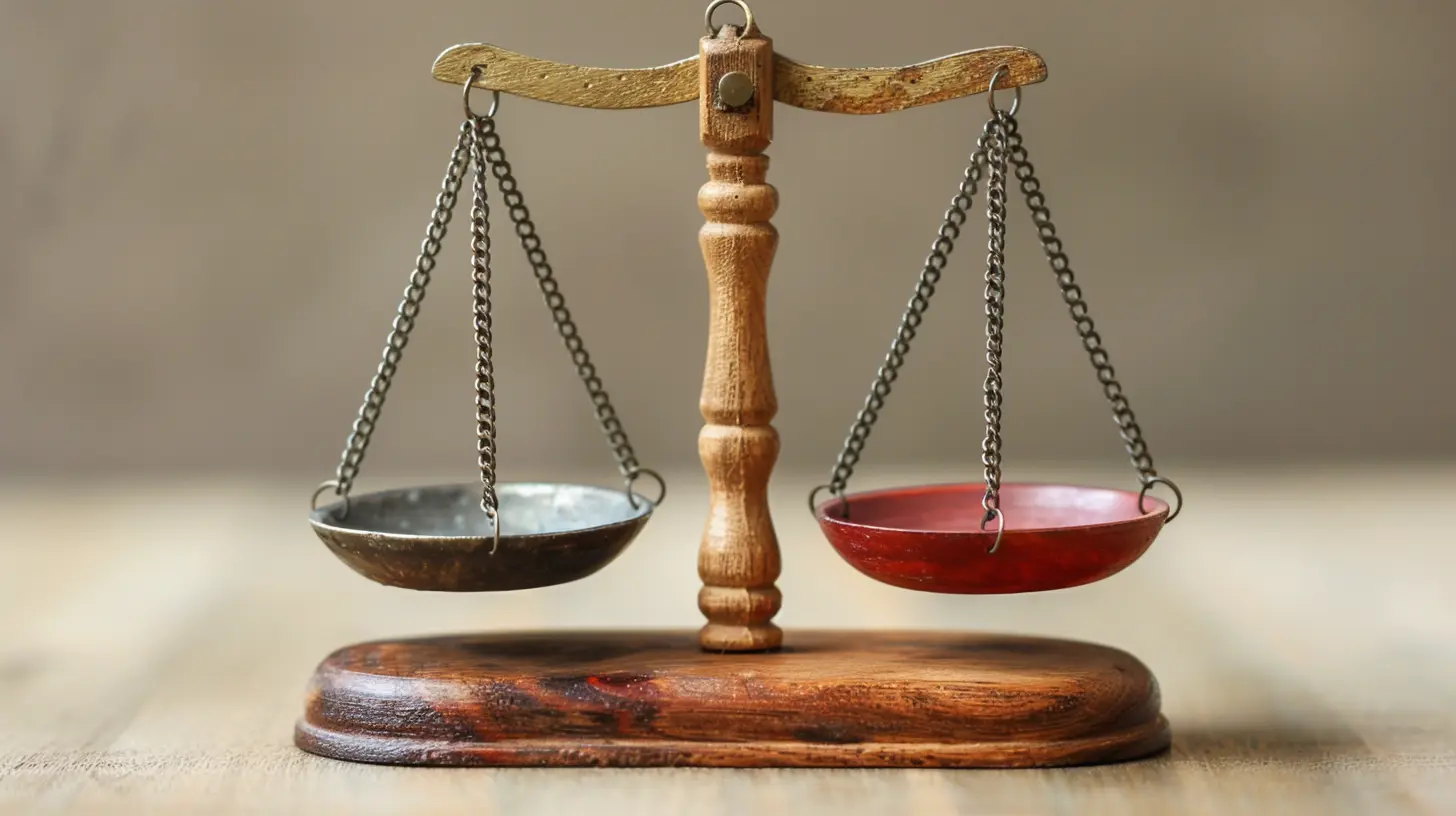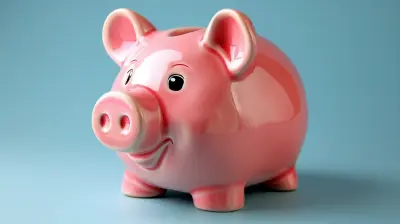1 April 2025
When it comes to personal finance or running a business, two words constantly pop up—assets and liabilities. At first glance, they might sound like complicated financial jargon, but trust me, they’re pretty straightforward once you break them down.
Ever heard the saying, “You need to spend money to make money”? Well, that’s true, but it also depends on whether you’re spending money on assets or liabilities. Because, let’s be real—one fills your pockets, and the other… well, it drains them.
So, let’s dive into the world of assets and liabilities and figure out why understanding these two concepts can make or break your financial future.

What Are Assets?
Let’s keep it simple—an asset is anything that puts money in your pocket. It’s something valuable that you own, and it has the potential to generate income or increase in value over time.Types of Assets
Assets come in different shapes and sizes, but they typically fall under two main categories:1. Current Assets (Short-Term)
These are assets that can be converted into cash relatively quickly, usually within a year. They are liquid, meaning they are easily accessible. Some examples include:- Cash and bank balances – The money in your savings or checking account.
- Accounts receivable – If someone owes you money (like a customer or a client), that’s an asset.
- Inventory – If you run a business, the stock of products you sell is an asset.
2. Fixed Assets (Long-Term)
These are assets that you keep for a long time and generally appreciate in value or generate income. They include:- Real estate – Rental properties, land, or even your home (if it appreciates over time).
- Investments – Stocks, bonds, mutual funds, and other financial securities.
- Vehicles & Machinery – If they help generate revenue (think of a taxi or a delivery truck).
- Intellectual Property – Patents, trademarks, and copyrights that bring in revenue.
Why Are Assets Important?
The more assets you have, the better your financial stability. Assets help you build wealth, earn passive income, and provide financial security. Think of them as your financial safety net—something you can fall back on when things get tough.
What Are Liabilities?
Now, onto liabilities. If assets put money into your pocket, liabilities do the opposite—they take money out of your pocket. A liability is something you owe, a financial obligation that you need to pay off sooner or later.Types of Liabilities
Just like assets, liabilities are categorized into two main types:1. Current Liabilities (Short-Term)
These are debts or obligations due within a year. They include:- Credit card debt – That balance you keep rolling over month after month.
- Utility bills – Your water, electricity, internet, and phone bills.
- Short-term loans – If you’ve borrowed money that needs to be repaid soon.
2. Long-Term Liabilities
These are debts that stretch beyond a year and typically involve large sums of money. Some common ones are:- Mortgage loans – If you borrowed money to buy a house.
- Car loans – That fancy ride may be an asset, but the loan you took to buy it? A liability.
- Student loans – Education is an investment, but the debt that comes with it is definitely a liability.
- Business loans – Loans taken to start or expand a business.
Why Are Liabilities Important?
Liabilities aren’t always bad—some, like mortgages or business loans, can actually help you build wealth in the long run. But too many liabilities can cripple your finances, leaving you stuck in a cycle of debt. The key is to manage them wisely and ensure they don’t outweigh your assets.
The Key Difference Between Assets and Liabilities
To put it simply:- Assets = Money coming in
- Liabilities = Money going out
A financially healthy person or business has more assets than liabilities. If it’s the other way around, well… that’s when things start getting tricky.
Here’s a quick comparison table:
| Feature | Assets | Liabilities |
|------------|----------|-------------|
| Definition | Things you own that add financial value | Money you owe or financial obligations |
| Effect on Cash Flow | Brings in money or retains value | Takes money out of your pocket |
| Examples | Cash, real estate, stocks, intellectual property | Credit card debt, loans, mortgages, unpaid bills |

How to Increase Assets and Reduce Liabilities
Okay, now that you know the difference, the real question is: How do you boost your assets and minimize your liabilities? Here’s a game plan:1. Invest in Income-Generating Assets
Instead of buying things that depreciate (like expensive cars or the latest gadgets), focus on assets that grow in value or generate income. For example:- Buy rental properties that bring in rent.
- Invest in stocks and bonds that generate dividends and appreciation.
- Start a side hustle to bring in additional income.
2. Pay Off High-Interest Liabilities First
Not all liabilities are created equal. Some, like mortgages, can be manageable, while others, like high-interest credit card debt, can be a financial disaster. Prioritize paying off:- Credit card debt
- Personal loans with high interest
- Short-term payday loans
Clearing these first frees up more cash to invest in assets.
3. Live Below Your Means
It sounds basic, but it’s one of the golden rules of building wealth. Avoid lifestyle inflation—just because you earn more doesn’t mean you should spend more. Instead, save and invest that extra money.4. Build an Emergency Fund
Life happens—job losses, medical emergencies, unexpected expenses. Having an emergency fund of at least 3-6 months’ worth of expenses can keep you from going into debt when the unexpected strikes.5. Use Good Debt Wisely
Some debt can actually help you build wealth—if used correctly. For example:- Getting a mortgage for a rental property that generates rental income.
- Taking a business loan to start or expand a profitable business.
The key is to use debt strategically and ensure it helps you build more assets rather than drowning you in payments.
Final Thoughts
Understanding the difference between assets and liabilities is the foundation of financial literacy. If you want financial freedom, the goal is to accumulate more assets and limit liabilities.Think of it like a game—every asset you acquire is a power-up, while each liability is a hurdle to overcome. The more you prioritize assets, the closer you get to financial stability and independence.
At the end of the day, it’s all about making smart money moves. So, take a moment to review your finances—what assets do you have, and what liabilities are holding you back? Make a plan, take action, and start building the future you deserve!




Henrietta McNulty
Assets build your wealth; liabilities drain it. Master this distinction and watch your financial future transform. No excuses!
April 1, 2025 at 4:57 AM